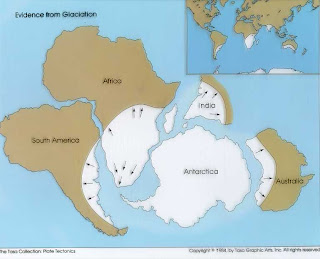Biomass
Geothermal
Wind
Solar
Hydro
Tidal
You are going to become an expert on one of these energy sources and present to the class on Monday. You will need to create a handout that answer the following questions:
- Where does it come from? How does this source create energy? (40-60 words). Be prepared to diagram on the board how your energy is produced.
- What are the advantages of this energy source? (40-60 words)
- What are the disadvantages of this energy source? (40-60 words)
- Do you think this energy source is a good choice for the United State over the next 50 years? Is it a good source of energy for Maine? Why or why not? (40-60 words)
- Citations: Include a list of the websites where you got your information.
Here are some sites to get you started:
Children's University: How do we make electricity?
Oracle ThinkQuest: Energy Sources
Chewonki Renewable Energy Poster
Energy Kids: US EIA
Efficiency Maine
























